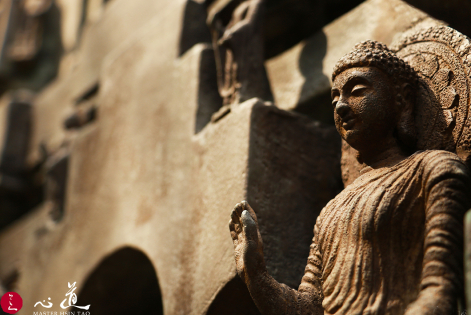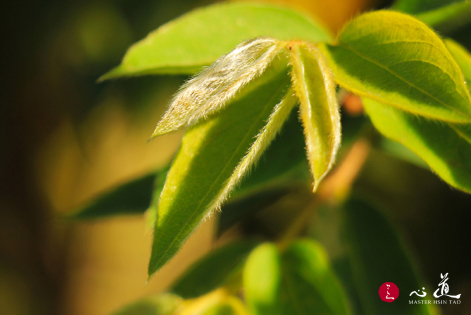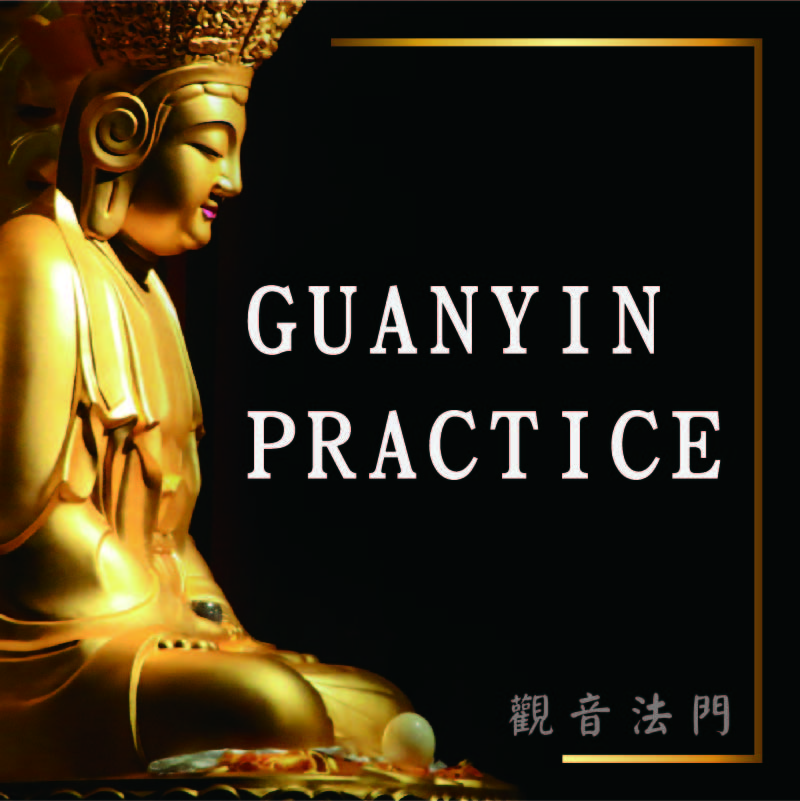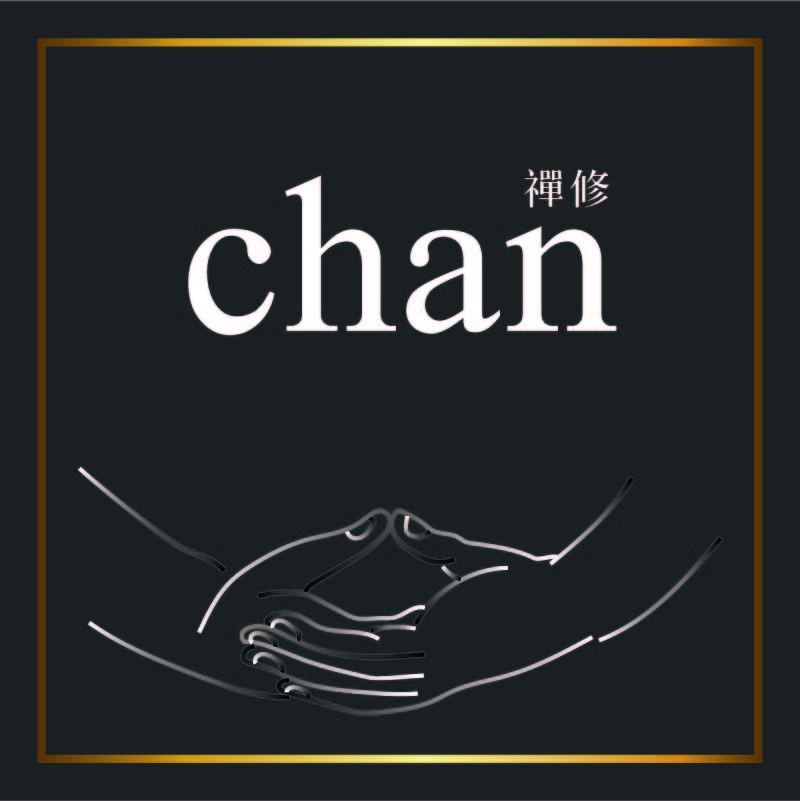
A Karmic Thought
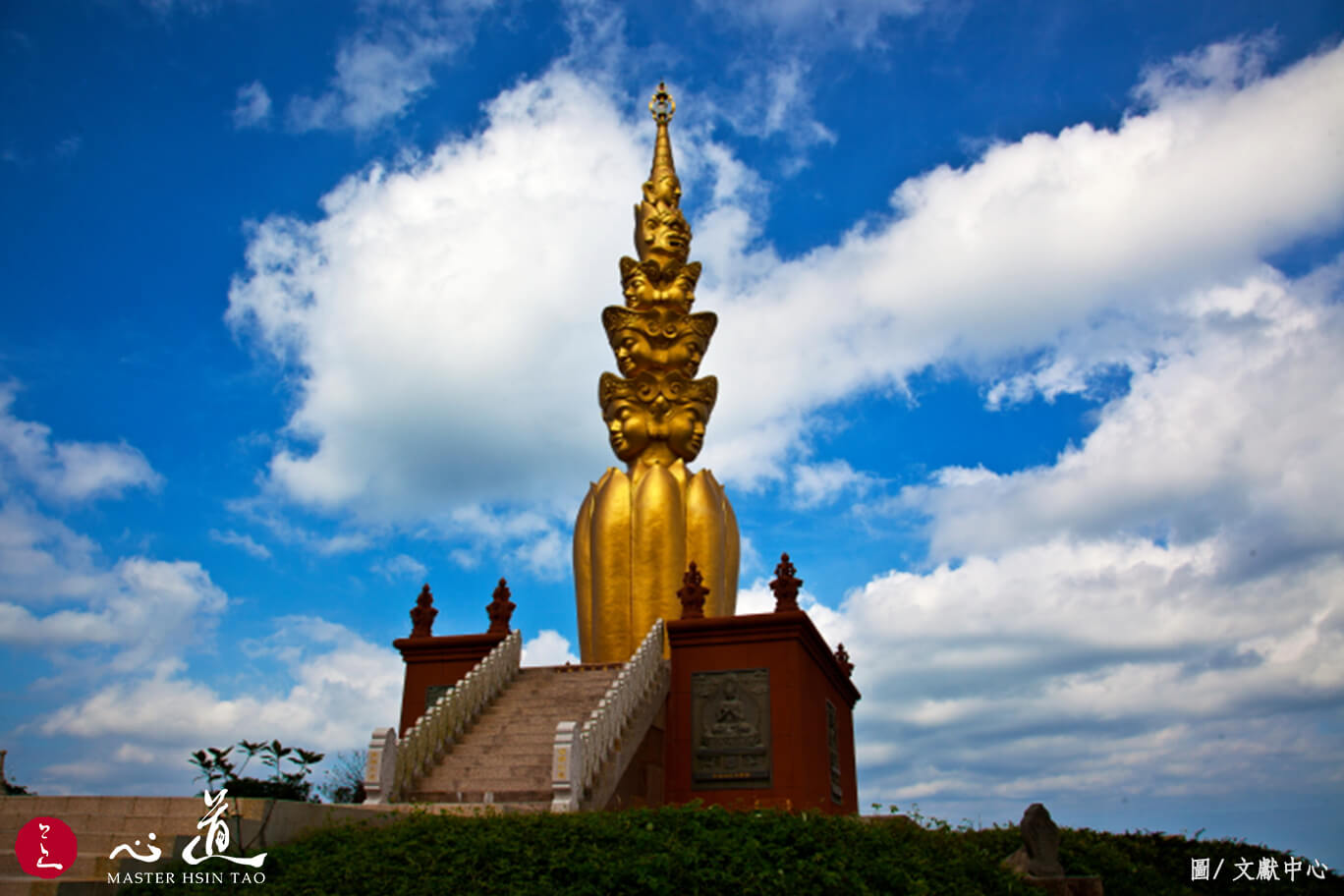 When I took a walk to the Eleven-faced Guan Yin (Avalokiteshvara) statue this morning, I spotted some torn legs of grasshoppers and a dead shrew in the bushes. It seemed like the same mother shrew that I had crossed path with before… I was sad and a bit upset at the cat…
When I took a walk to the Eleven-faced Guan Yin (Avalokiteshvara) statue this morning, I spotted some torn legs of grasshoppers and a dead shrew in the bushes. It seemed like the same mother shrew that I had crossed path with before… I was sad and a bit upset at the cat…
We feed the cat, yet, it wasn’t satisfied but to torture and kill the shrew. My attendant asked if we should bury the shrew, I said to leave it be. Next, I regretted my first thought and told the attendant to bury it properly.
This reminded me of a story from Buddha’s time. King Virudhaka was determined to exterminate the Shakya clan so he declared war. Although the Buddha attempted to stop King Virudhaka, the bloodshed still couldn’t be avoided. The Shakya clan was completely annihilated.
The Buddha explained, King Virudhaka was once a giant fish captured and killed by a tribe of people in one of the former lifetimes. The people of the tribe later took birth as the Shakya clan. The grudging fish vowed to destroy the whole tribe which led to the massacre in the different lifetime. Maudgalyayana, one of Buddha’s disciples who mastered the clairvoyance tried to save as many as possible. He flew over and put five hundred people into his alms bowl. Yet, when King Virudhaka left, these people had melted into a pool of blood. Maudgalyayana came to a full understanding that even miraculous power cannot outturn karmic results.
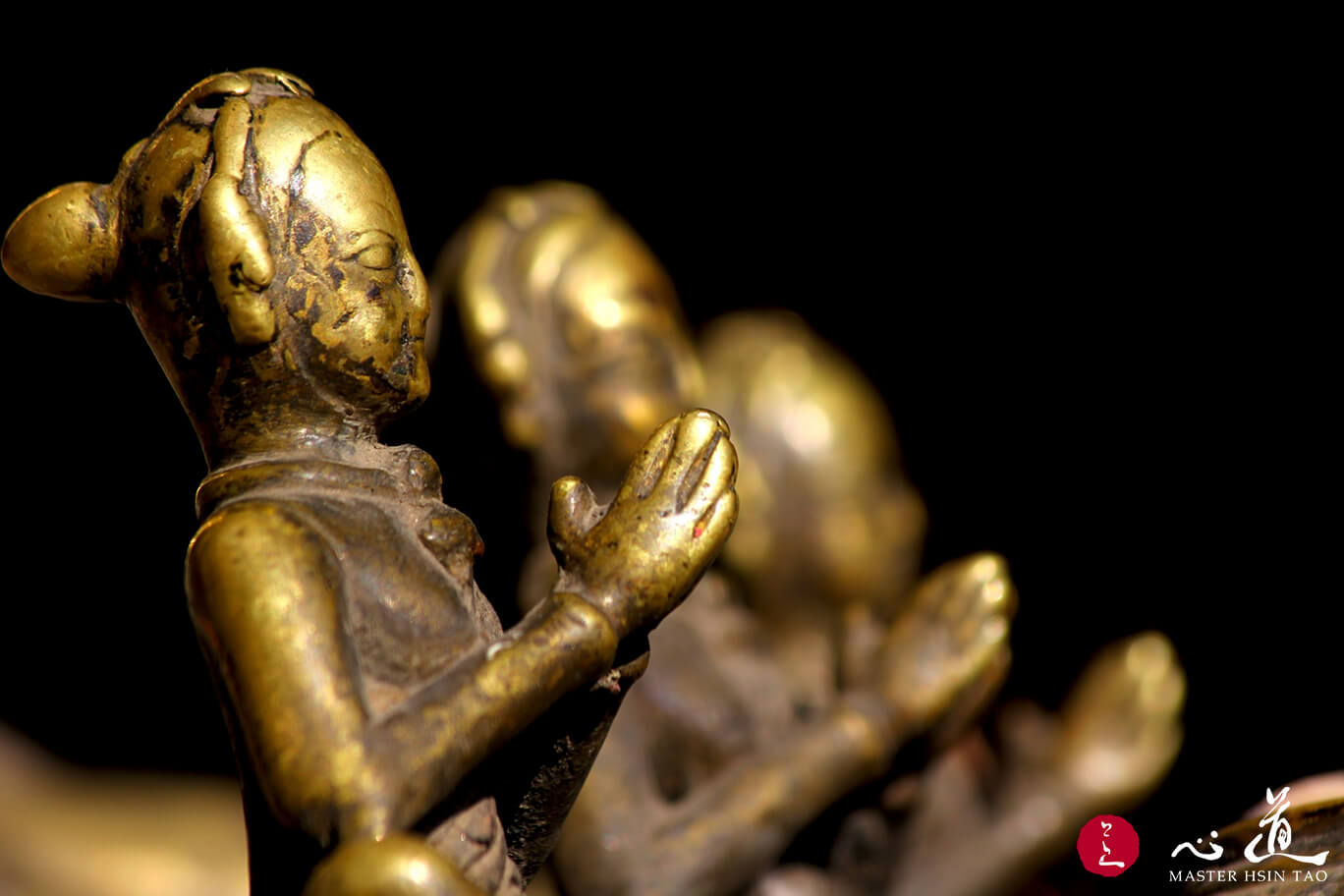 The day when the Shakya clan was raided, the Buddha had a terrible migraine. He was a child who laughed at the captured fish even though he did not participate in the action of killing. Yet, this still resulted in a migraine in another lifetime.
The day when the Shakya clan was raided, the Buddha had a terrible migraine. He was a child who laughed at the captured fish even though he did not participate in the action of killing. Yet, this still resulted in a migraine in another lifetime.
This story validates the law of cause and effect again; even a reactive thought will mature in return. That is why we must be mindful of thoughts in daily life, at all times.


